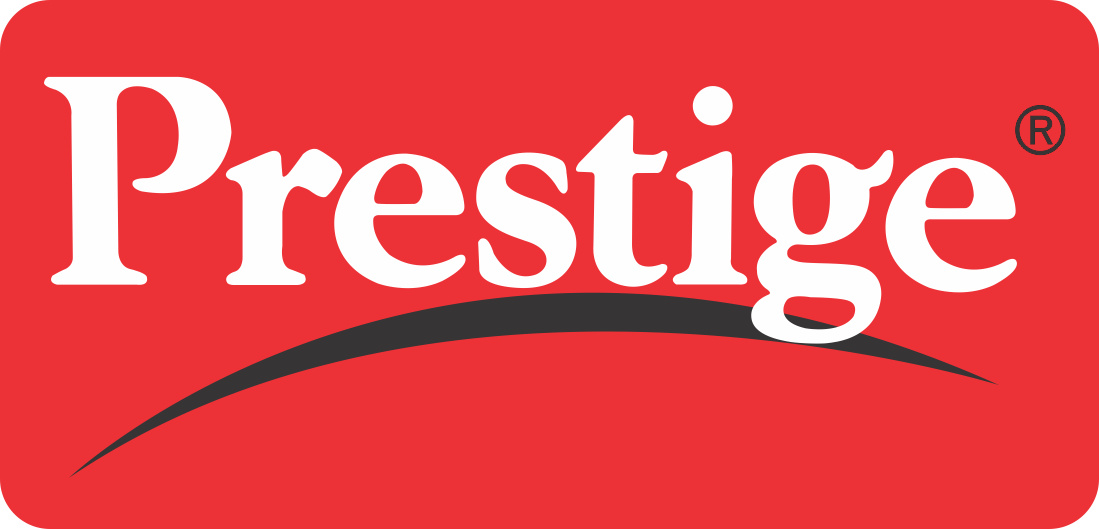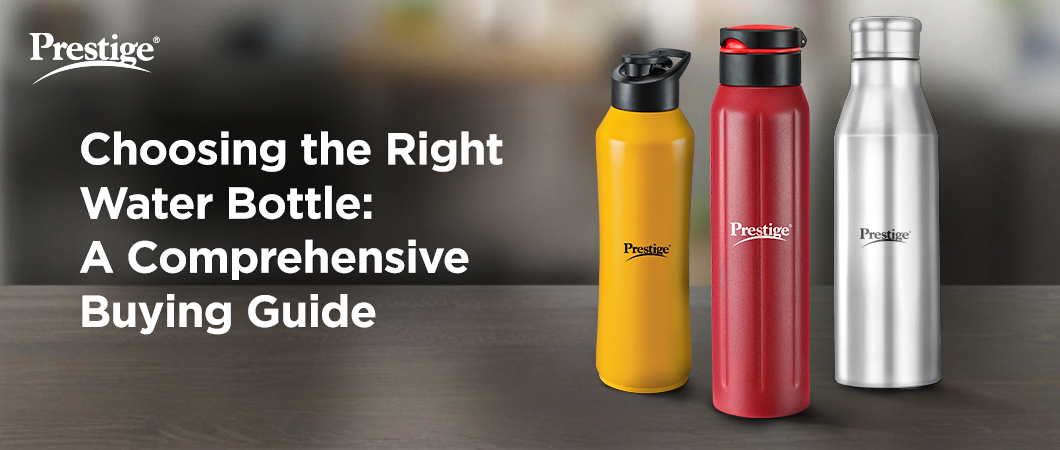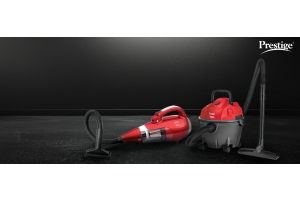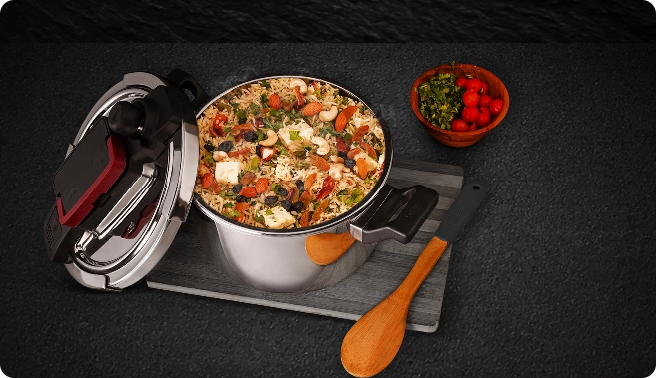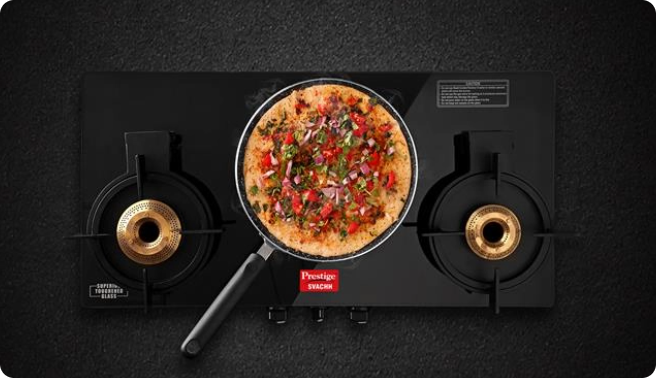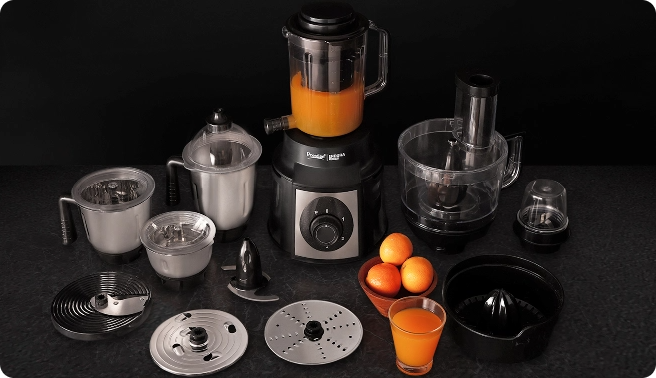Introduction to Water Bottles
Water bottles have been integral to human hydration for centuries, evolving from ancient clay or animal-skin containers to the highly varied options we see today. Bottling practices formally began in the 17th century with Glass Water Bottle containers, evolving through time to adapt to the changing needs of consumers. While Glass Water Bottles dominated early water bottling, the rise of Plastic Water Bottles in the 20th century allowed for affordable, portable options but also sparked environmental concerns. Today, Stainless Steel Water Bottles and other reusable materials have become popular for their durability and eco-friendliness, offering consumers a wide range of choices.
Different Types of Water Bottles
Choosing a water bottle involves assessing its material, durability, and specific use-case benefits. Here's a quick breakdown of popular options:
1. Copper Water Bottles
-
Pros: Antibacterial properties, supports digestion, may boost immunity, adds a traditional and aesthetic appeal.
-
Cons: Requires regular cleaning to prevent oxidation, metallic taste for some users, not ideal for storing acidic or citrus beverages.
-
Best For: Health-conscious individuals and traditional lifestyle enthusiasts.
2. Stainless Steel Water Bottles
- Pros: Durable, often insulated, chemical-free.
- Cons: Heavier, may impart a metallic taste, higher cost.
- Best For: Outdoor activities, as they are durable and can keep beverages hot or cold.
3. Aluminum Bottles
- Pros: Lightweight, affordable.
- Cons: Requires a lining that may degrade over time, less durable.
- Best For: Short-term use, but not ideal for long-term durability.
4. Reusable Plastic Water Bottles Bottles
- Pros: Lightweight, budget-friendly.
- Cons: Potential for chemical leaching, shorter lifespan.
- Best For: Casual, everyday use, especially when choosing BPA-free options.
- Pros: Antibacterial properties, health benefits, eco-friendly.
- Cons: Requires regular maintenance, and may impart a metallic taste.
- Best For: Health-conscious users who prefer natural antibacterial benefits.
Comparison of Plastic Water Bottles, Stainless Steel Water Bottles, and Glass Water Bottles
When selecting a water bottle, consider the differences in weight, durability, safety, and environmental impact among materials:
- Plastic Water Bottles: Lightweight and cost-effective but tends to degrade faster. BPA-free options are safer, though Plastic Water Bottles have a higher environmental impact due to limited recyclability.
- Stainless Steel Water Bottles: More durable and often insulated, making it ideal for various situations. It’s recyclable, but Stainless Steel Water Bottles are heavier and may have a higher upfront cost.
- Glass Water Bottles: Provides a pure taste without leaching chemicals. However, it's heavier and more fragile, suited for indoor use rather than outdoor activities.
How to Choose the Right Water Bottle
- Hydration Habits: A bottle’s ease of access can improve daily hydration, as having a bottle nearby encourages regular sips throughout the day.
- Eco-Friendly Choices: Reusable bottles surpass disposable options after minimal use. Stainless Steel Water Bottles, Copper Water Bottles, and Glass Water Bottles options reduce waste over time, while Plastic Water Bottles contribute to environmental pollution.
- Right Capacity: Consider your daily water needs and lifestyle. For instance, if you’re always on the go, a bottle between 500 ml to 1 liter might be ideal.
- Lid Type: Lids can significantly impact usability. Flip lids, straw lids, or push-button options can make drinking more convenient, especially when multitasking.
- Health and Safety: Opt for BPA-free Plastic Water Bottles and materials free from harmful chemicals. Stainless Steel Water Bottles are non-reactive, ensuring safety over time.
- Budget: Price varies with material and features. Stainless Steel Water Bottles might cost more initially but offer longevity, whereas Plastic Water Bottles options are more affordable but may need more frequent replacement.
Eco-Friendly Choices: Reusable vs. Disposable
Switching from disposable to reusable water bottles is an impactful, eco-friendly choice. Disposable Plastic Water bottles contribute heavily to global pollution, with many ending up in landfills or oceans and taking hundreds of years to degrade. In contrast, reusable bottles, often made of Stainless Steel, Glass, or durable Plastic, are designed to last years, significantly reducing waste.
Here are the key benefits of reusable bottles:
- Waste Reduction: By replacing single-use bottles, reusables cut down on the billions of Plastic Water Bottles bottles produced and discarded yearly, easing the burden on waste management systems.
- Lower Carbon Footprint: Although reusable bottles have a higher initial production impact, they offset this after just a few uses. Over time, reusables lead to less overall environmental harm than continuously producing and discarding single-use Plastic Water Bottles.
- Resource Conservation: Reusable bottles help preserve natural resources by reducing the need for petroleum-based materials and water used in disposable bottle production.
- Sustainable Habits: Choosing reusable options promotes a lifestyle shift toward sustainability. Many brands offer recyclable and repairable products, encouraging long-term use.
Opting for reusable bottles is a small yet effective step toward reducing pollution, conserving resources, and building a more sustainable future.
Sizing Matters: Choosing The Right Capacity
Choosing the right capacity for your water bottle is essential to ensure you stay hydrated without carrying extra weight or constantly refilling. Here’s a guide to help you decide:
- Determine Your Daily Water Needs: A common recommendation is about 35 ml of water per kilogram of body weight. For instance, a 50 kg person requires roughly 1.7 liters of water each day. This is a good baseline, but individual factors like diet and caffeine intake can affect your hydration needs.
- Consider Your Lifestyle and Activity Level: If you lead an active lifestyle, you’ll need to drink more. High-intensity activities increase water loss through sweat, requiring frequent hydration. A bottle with a larger capacity, such as 1-2 liters, ensures you have enough water on hand without needing multiple refills.
- Account for Climate: Living in a hot or dry climate means you’ll lose more water, even when not exercising. A larger bottle, such as 1.5 liters or more, is beneficial in warm weather to help replenish lost fluids and prevent dehydration.
- Think About Portability: For those frequently on the go, a lightweight, portable option is ideal. A 500 ml bottle is often convenient for short trips or commutes and is easier to carry around in a bag without adding much weight.
- Adapt for Travel: For longer journeys, a collapsible bottle or something compact can save space and allow flexibility. Larger bottles may be ideal for long flights, road trips, or outdoor excursions, while smaller bottles are practical for airports or city travel.
How to Clean and Maintain Your Water Bottle
Keeping a water bottle clean is essential for health and longevity. Here’s a quick cleaning guide:
- Daily Cleaning: Use warm water with a bit of dishwashing liquid. Rinse and dry thoroughly.
- Deep Cleaning (Weekly): For lingering odors, try a mix of bleach and baking soda or a vinegar soak. Make sure to rinse thoroughly to remove any residue.
- Straws: Use a straw cleaner with dishwashing liquid for reusable straws.
Cleaning frequency is essential, especially if the bottle is used in places with high bacteria around like gyms.
Choosing the Right Lid: Types and Considerations
Lids come in various styles, each suited to different needs:
- Push-Pull Cap: Convenient for kids and prevents leaks.
- Button-Push Lid: Allows quick access, ideal for multitasking.
- Straw Lid: Suitable for cold drinks, like iced coffee or tea.
Choosing the right lid can improve your experience by making hydration easier and preventing spills.
Which Water Bottle is Good For Health
Here’s a brief guide to choosing safe, health-conscious water bottles:
1. Prioritize BPA-Free and Toxin-Free Materials
Look for bottles that are labeled BPA-free to avoid harmful chemical leaching. BPA, often found in Plastic Water Bottles, can disrupt hormones, so it’s crucial to check for this safety feature.
2. Consider Glass Water Bottles for Pure Taste
Glass Water Bottles provide a clean drinking experience without altering the taste of your water. They’re free from harmful chemicals, and many come with protective sleeves to minimize breakage.
3. Opt for Stainless Steel Water Bottles for Durability
High-quality Stainless Steel Water Bottles are durable, resistant to corrosion, and don’t release toxins. Food-grade Stainless Steel Water Bottles (often labeled 18/8 or 304) is a safe, long-lasting choice and is often insulated to keep drinks at their desired temperature.
4. Try Copper water bottles for Natural Antibacterial Benefits
Copper bottles have natural antibacterial properties, making them a unique choice. They do, however, require regular cleaning to prevent tarnishing and maintain their health benefits.
Choosing the right material ensures safe, worry-free hydration for daily use.
Budget Considerations of Water Bottles
Budget can vary significantly depending on the material and features of the bottle. High-quality, insulated Stainless Steel Water Bottles are often more expensive but have long-term value. Glass Water Bottles and reusable Plastic Water Bottles are generally more affordable, but Glass Water Bottles may need more careful handling.
Here's a quick look at some water bottle options on the TTK Prestige India website:
- Prestige Tattva TCB 06 Copper Bottle: A 950 ml pure copper bottle that supports immunity and digestion. Ideal for health-conscious consumers seeking traditional benefits.
- Prestige Thermopro PWSL 2 Stainless Steel Bottle: This 500 ml double-walled vacuum bottle retains hot and cold temperatures for hours, perfect for those on the go.
- Prestige Stainless Steel Eco Water Bottle: This 1000 ml eco-friendly option offers durability with a sleek design.
Conclusion
With a variety of water bottles available, selecting the best one depends on personal preference, lifestyle, and priorities. Whether it’s a Stainless Steel Water Bottles bottle for durability, a Glass Water Bottles bottle for taste purity, or a copper bottle for health benefits, the right choice can enhance your hydration habits while supporting a more sustainable lifestyle. Investing in a quality, reusable bottle can help reduce waste, encourage better hydration, and fit seamlessly into your daily routine.
